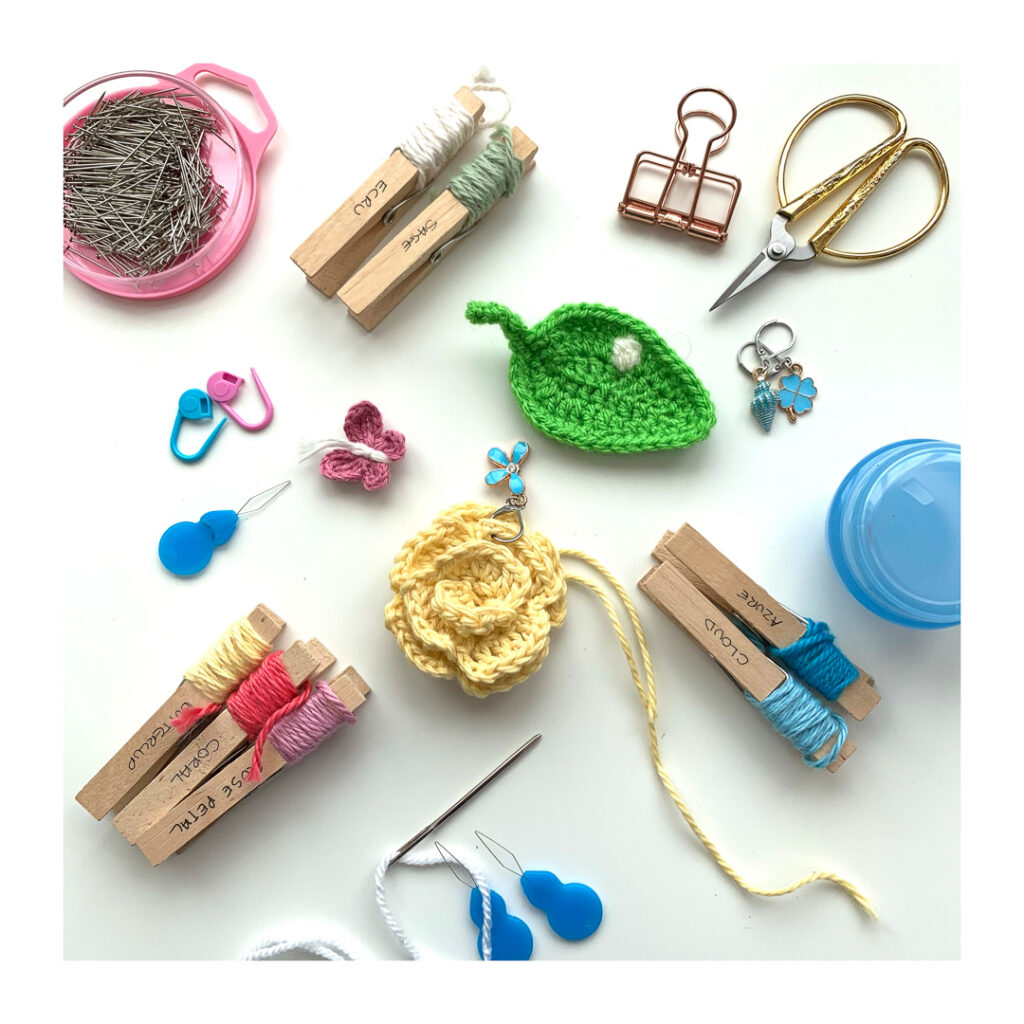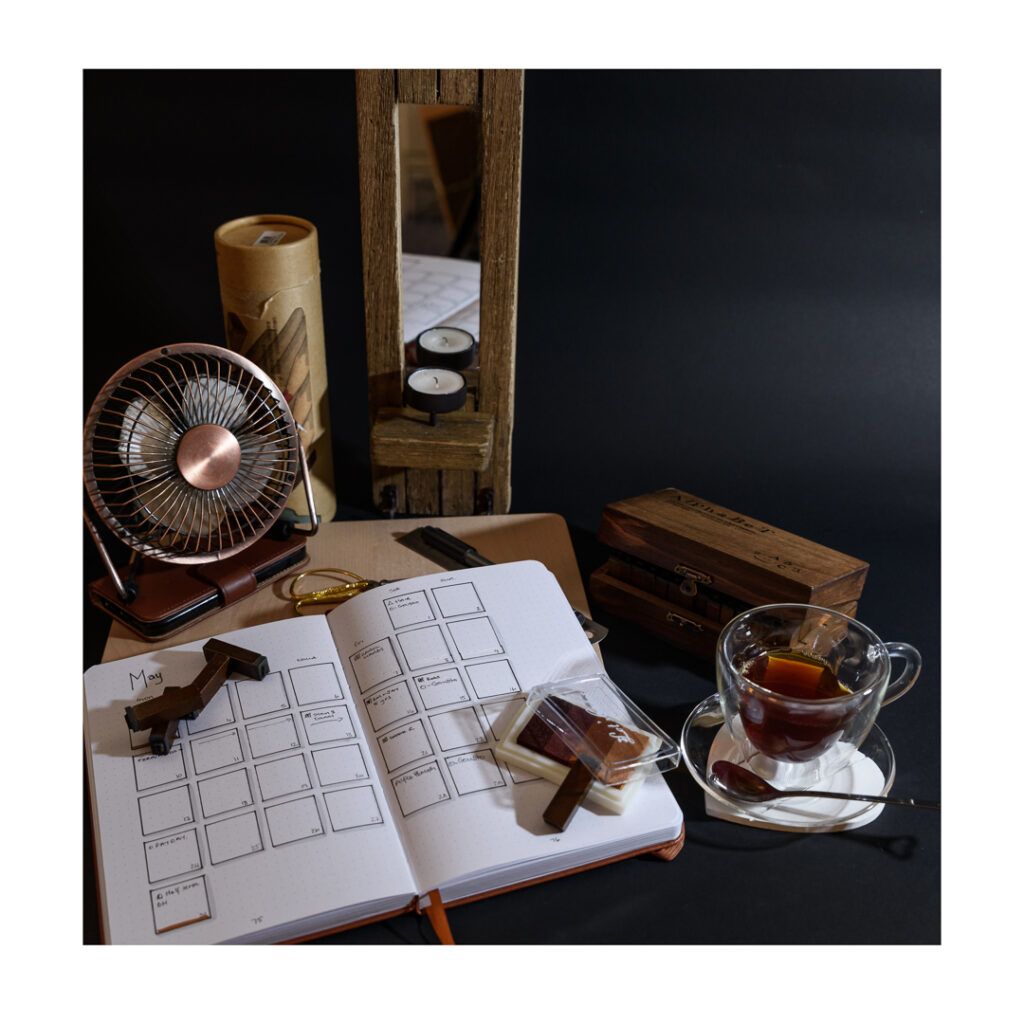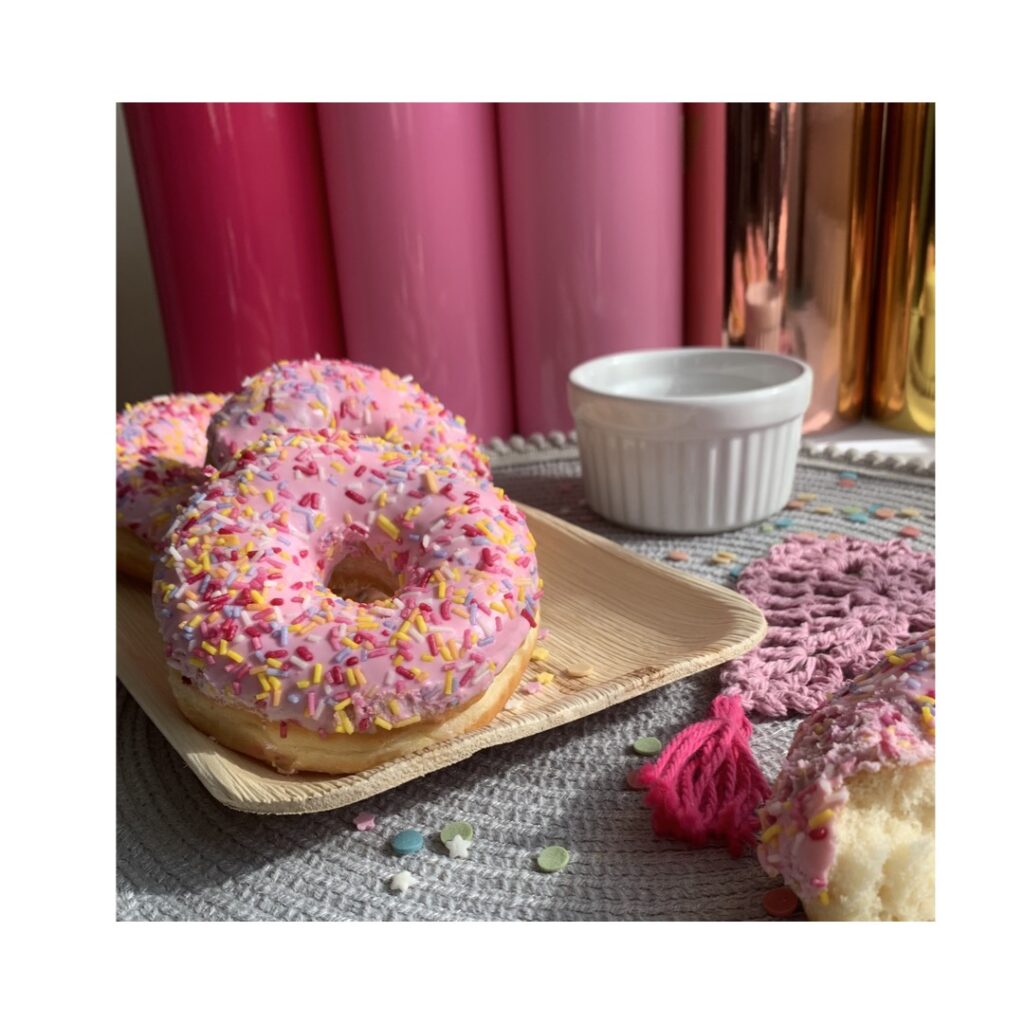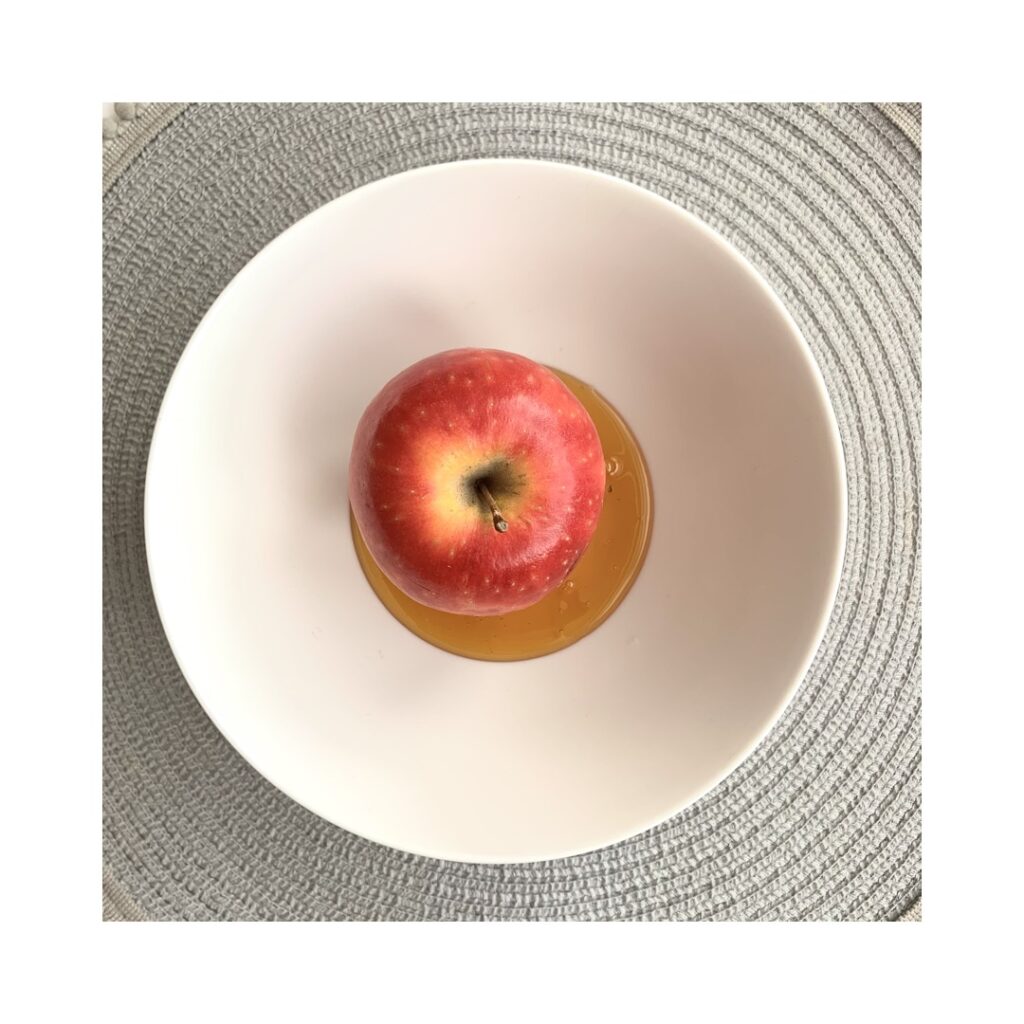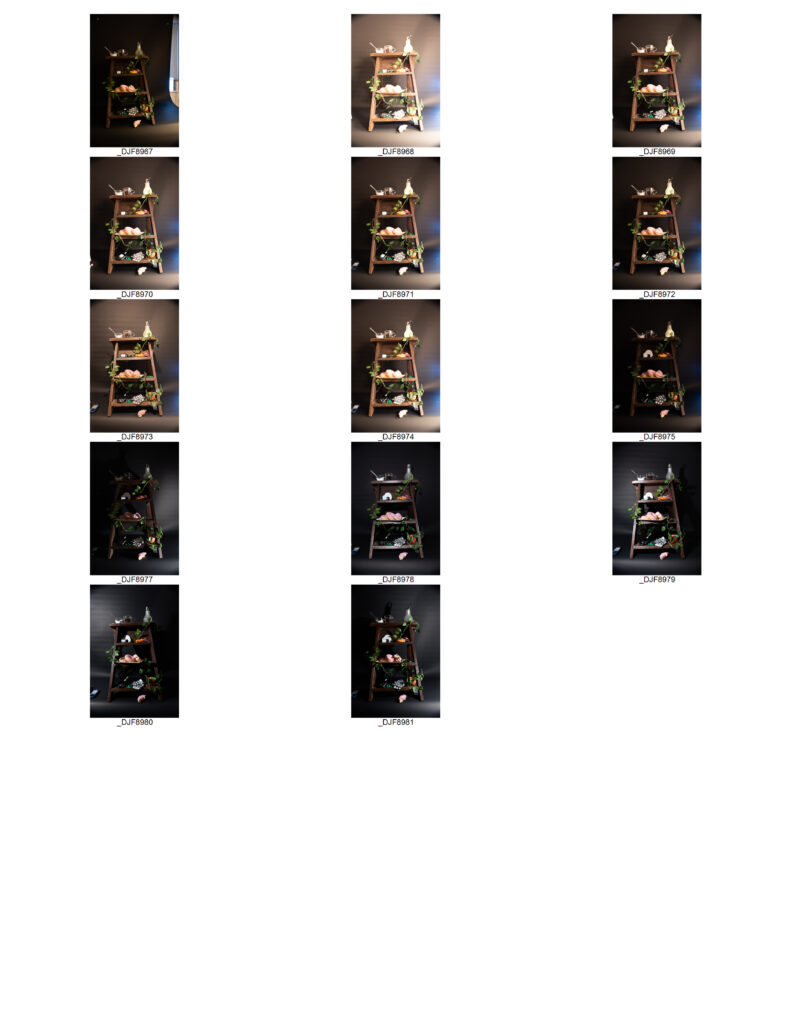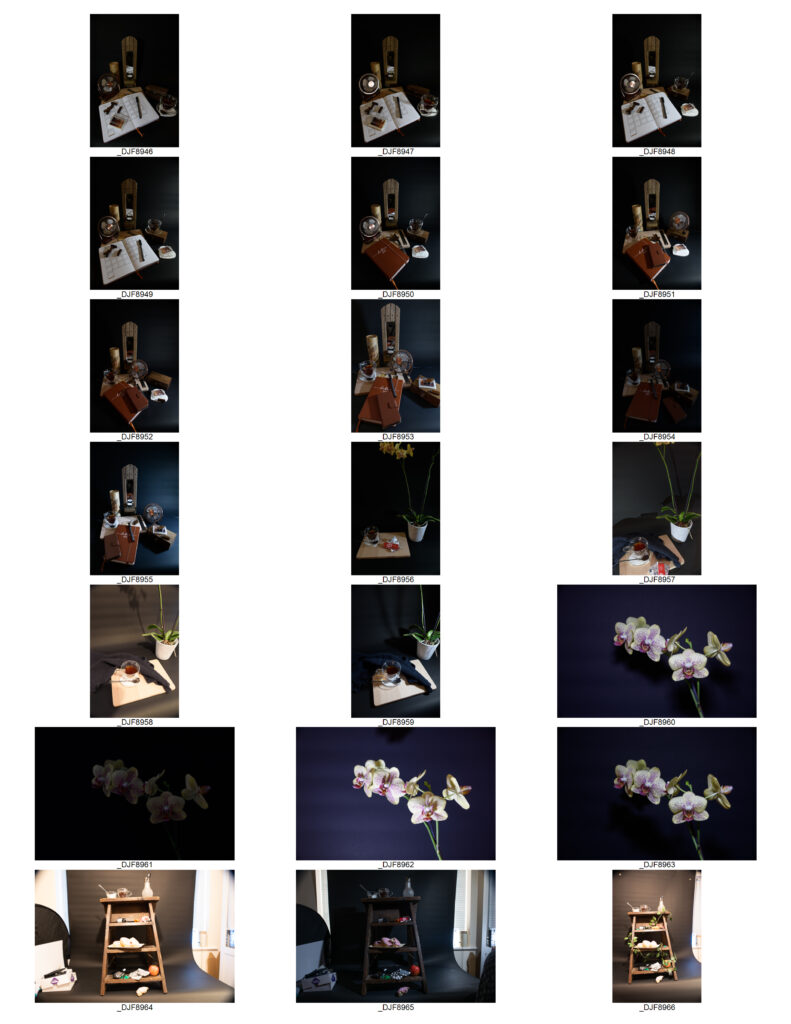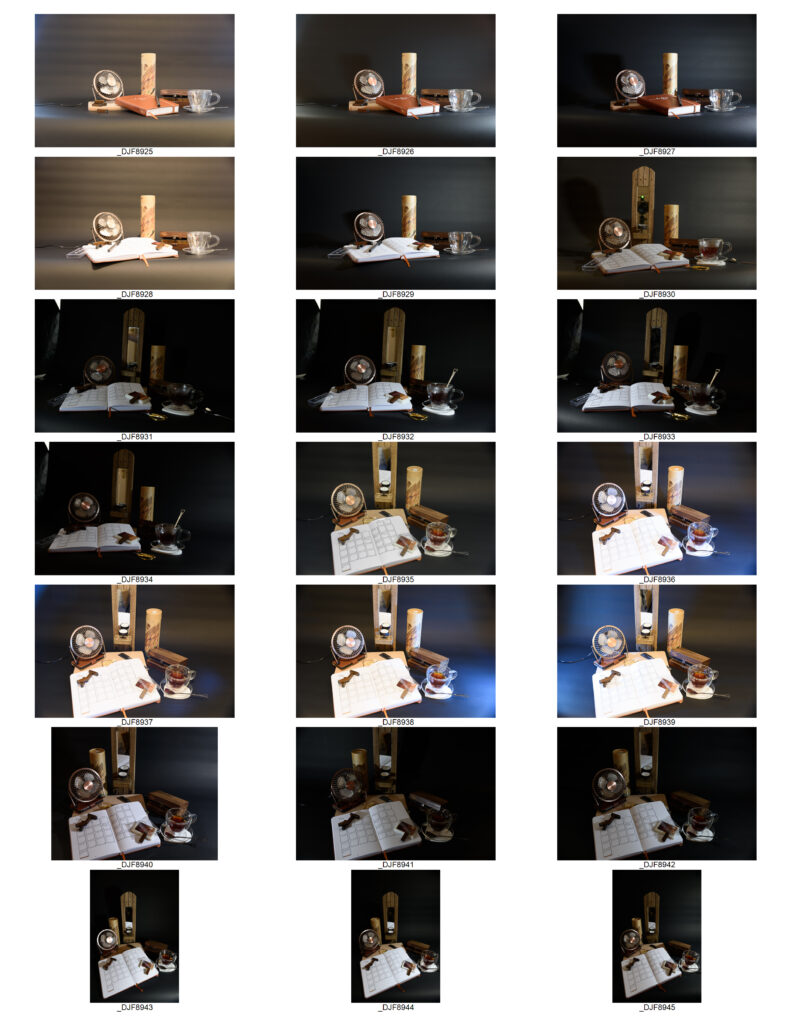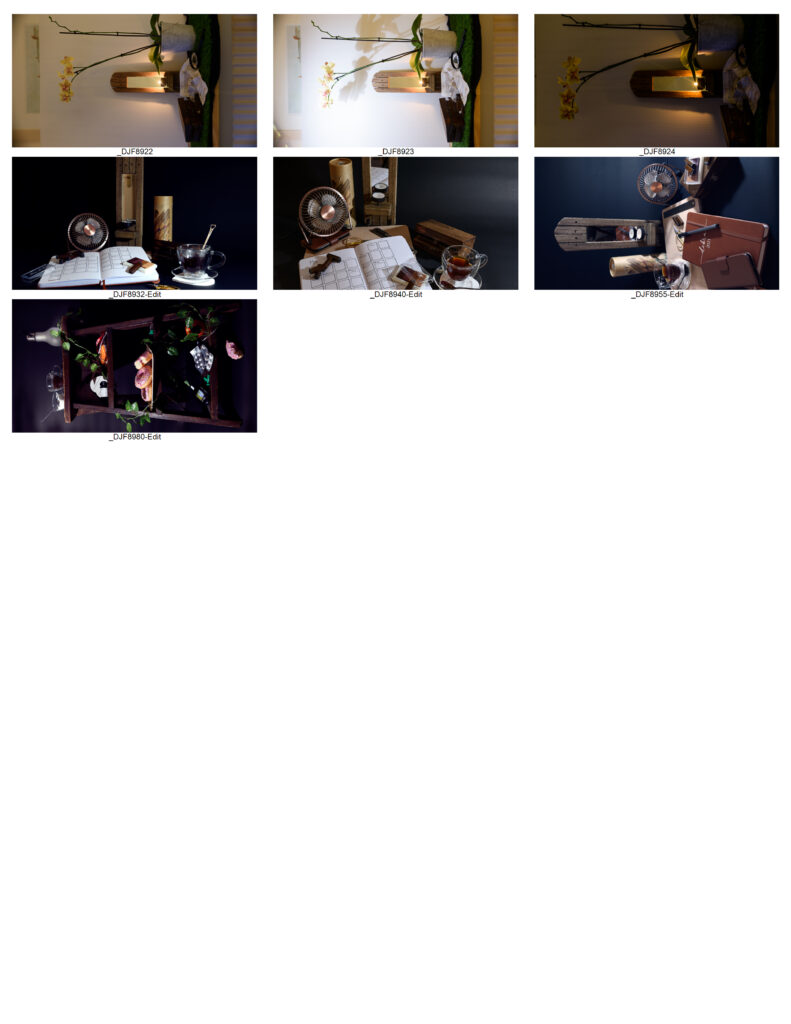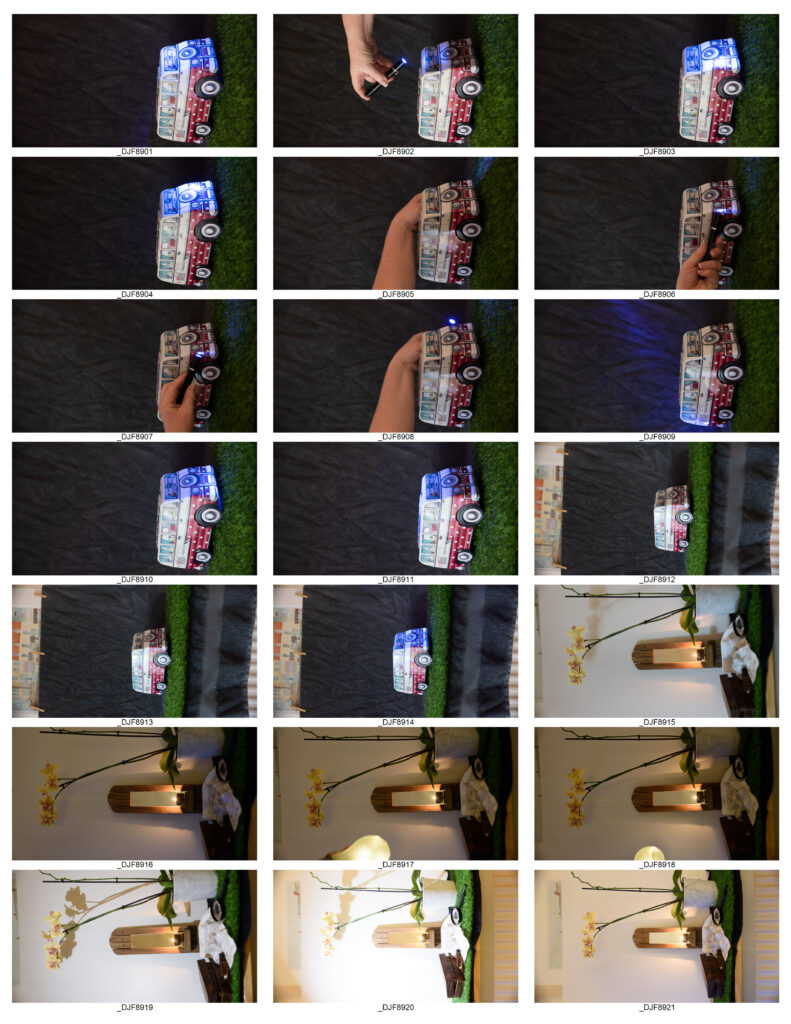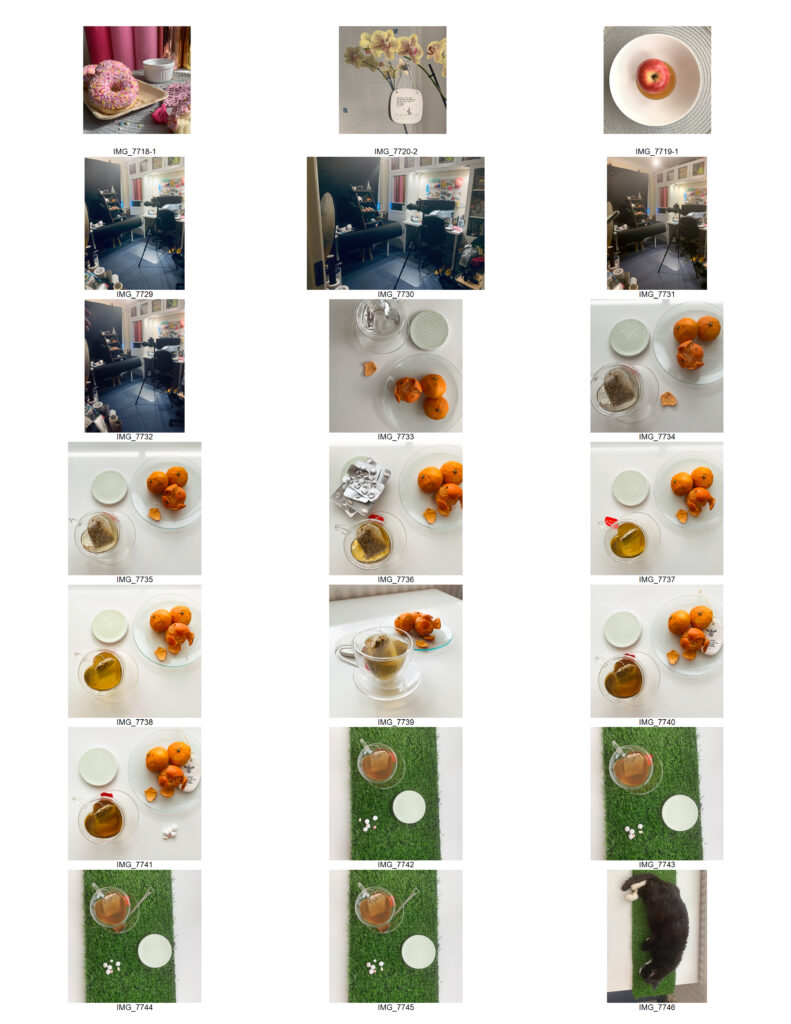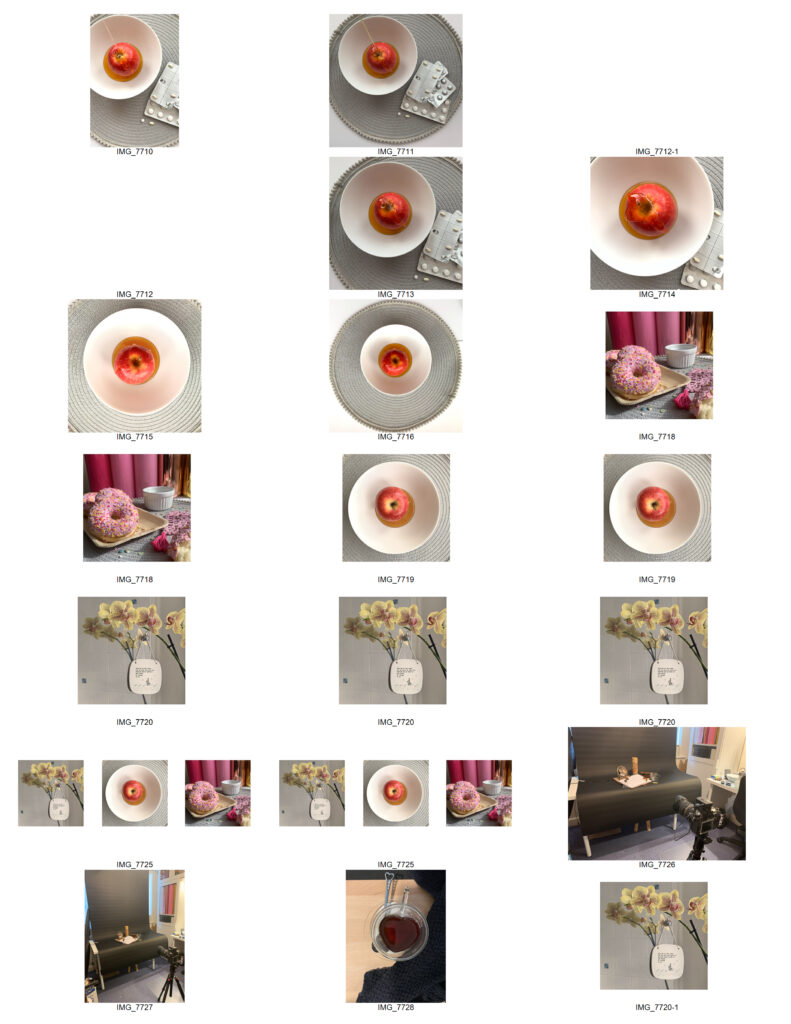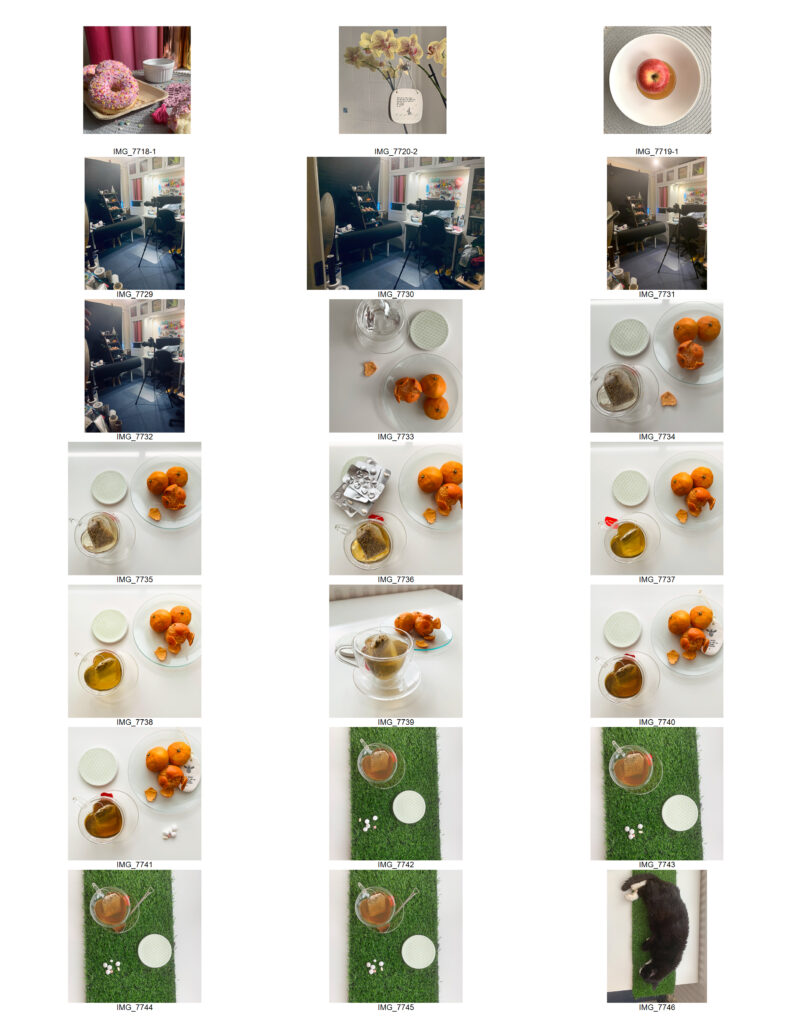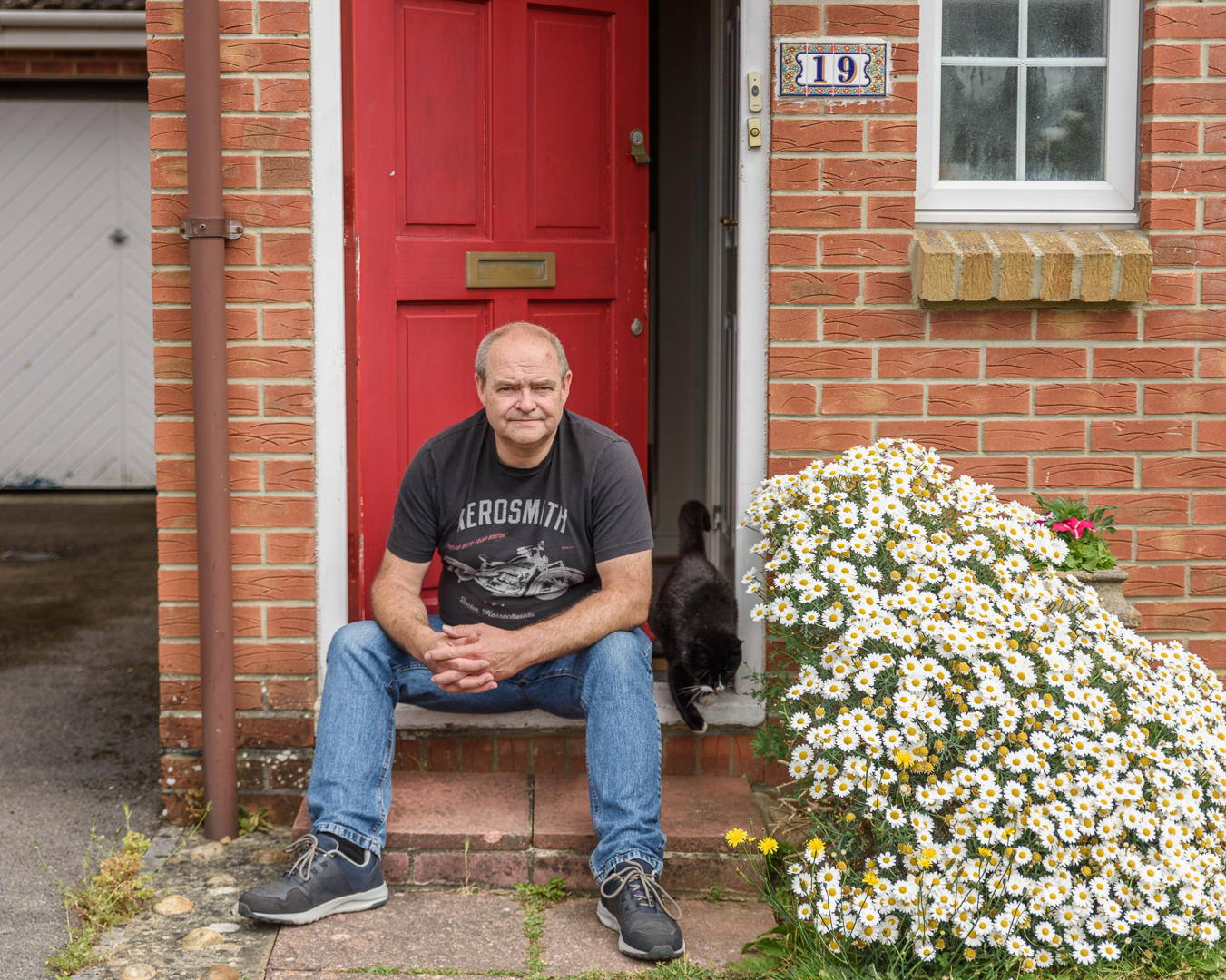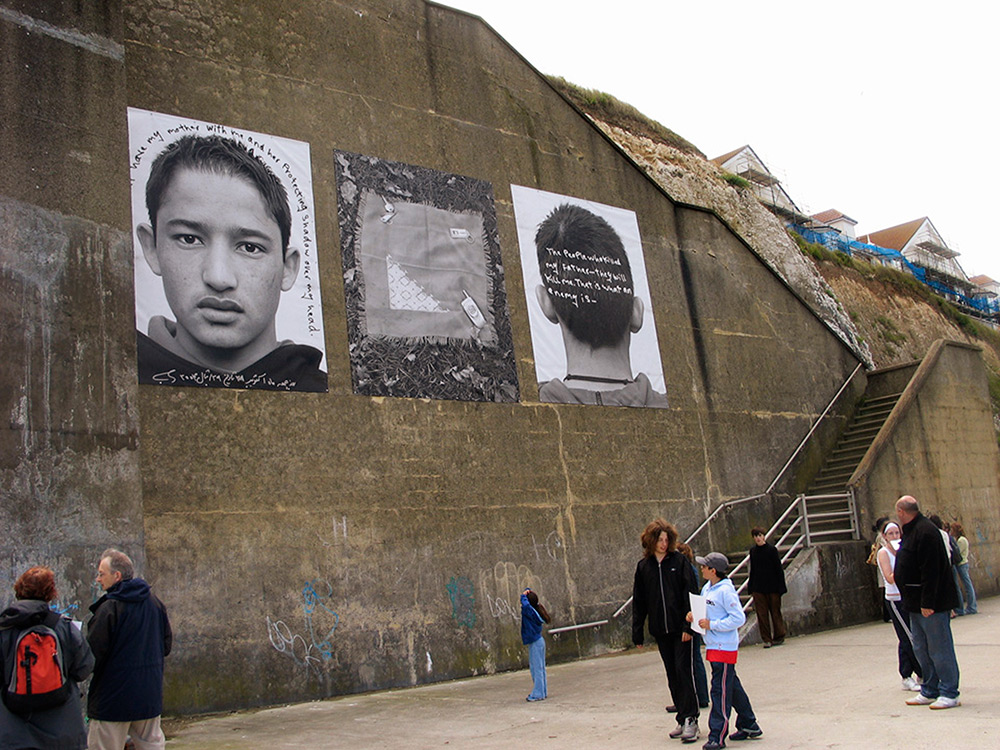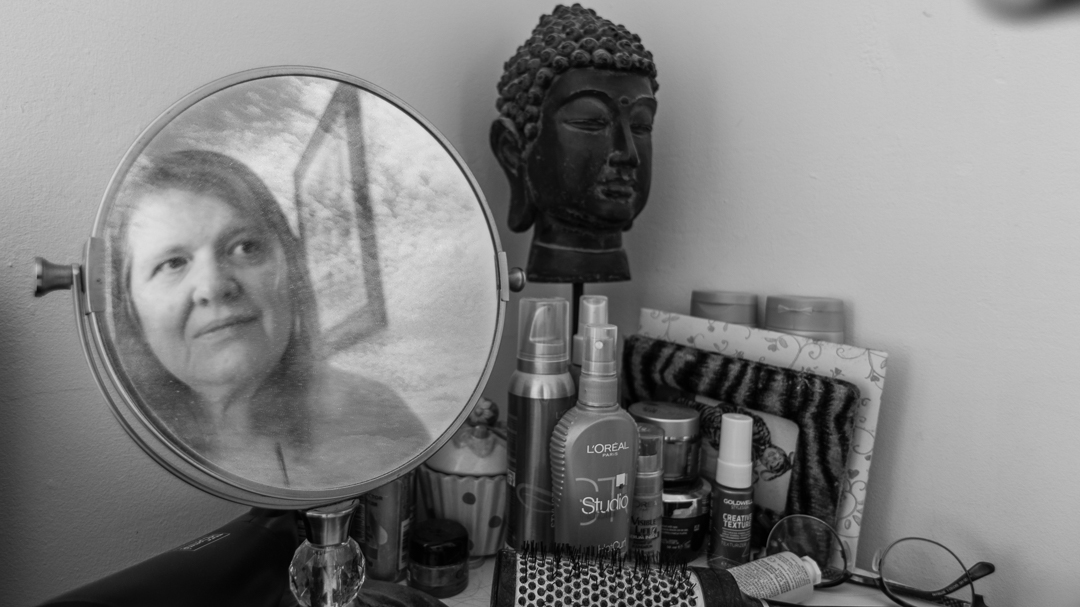Exercise 1: Still Life
● Create a set of still-life pictures showing traces of life without using people. You could do this with your camera phone to reflect the vernacular and transient nature of these moments or you could choose to use high-quality imagery to give these moments gravitas, like Nigel Shafran.
● Your technical decisions should back up your ideas, so write a short reflective commentary detailing these decisions and the reasons for them.
Having fallen down the rabbit hole with this exercise, my set of images for this brief fall into two distinct types, flat lay and traditional.
Dina Belenko says in one of her interviews that a fellow creative photographer had once told her that although her images were good, they didn’t have a meaning. From that she went on to develop a way of creating a persona for each image. She goes into great detail creating an identity for the person she is depicting in the image and that gives her images great depth and interest.
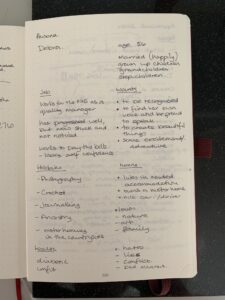
Persona
I tried Belenko’s approach for this set and settled on myself as the persona. I wrote a page and decided to focus on elements written down. Specifically around my diabetes, crochet and bullet journalling.
My initial attempts were trying to tell a fictional story, but I feel that the ones linked to my persona were more interesting.
Technically, I use a couple of different methods of shooting. For the darker more traditional images, I used my DLSR on a tripod. I used this because I wanted to make low light images. I did end up using an off camera flash as well for the ladder image, just because if was so dark that the shutter speed was so slow that it made for a sharper image.
The flatlay images and the doughnuts were all taken with my camera phone in natural light. The advantage of using the phone for this was that it has a levelling tool, so that you make sure you get a proper flat plane. I found out after I did these that I can use Adobe Lightroom App to take and edit images in DNG format (Adobe’s RAW equivalent), which gives a better resolution image. I will be using that in future I think.

I see the value in both types of image and if I wanted to print them, I would probably go for the high resolution DLSR camera images. However, I particularly liked the style of the flatlay images and the helicopter view.
What I really enjoyed with this exercise was the process. I had to think about what I wanted to say, how to depict it, then gather all of the props together. Taking the image was culmination of all of these things. I definitely tended more towards the artistic graphic images than the natural environment (Nigel Shafran’s) style of still life. Reflecting back on Assignment 2 of Context and Narrative, my tutor asked why may images looked like ‘stock’ shots, I can see similarities in the these images. I realise, therefore, that I am very much more drawn to creating an image for a story than I am to recording real life. I notice that I get much more excited about a project when, I have planned what I want to do, created a methodology and brought together the elements.

Set up for Ladder Still Life Image
The ladder image was the most personal to me and took quite a lot of time to set up and get right. I am pleased with the result, because it really demonstrated my ability to reproduce the vision I had in my head within an image.
Contact Sheets
Works Cited
“An Interview with Dina Belenko, Who Puts the ‘Life’ in Still Life.” 500px, 16 June 2015, iso.500px.com/an-interview-with-dina-belenko-who-puts-the-life-in-still-life/.
Belenko, Dina. “Still Life Photography | How to Shoot Great Still Life with Character.” 500px.com, 24 Apr. 2020, iso.500px.com/still-life-photography-ideas/. Accessed 26 Apr. 2020.
“Crime Scene Investigator Job Profile | Prospects.ac.uk.” Prospects.ac.uk, Prospects, 2018, www.prospects.ac.uk/job-profiles/crime-scene-investigator.
“Defying Gravity: How to Shoot ‘Twisted’ Coffee Splashes.” 500px, 27 May 2015, iso.500px.com/defying-gravity-how-to-shoot-twisted-coffee-splashes/. Accessed 24 May 2021.
“How Crime Scene Analysts Collect and Preserve Fingerprints.” Wired, www.wired.com/story/technique-tutorial-crime-scene-fingerprints/.
https://www.facebook.com/zstanska. “A Small Guide to Still Life Symbols (Part 1) – DailyArtMagazine.com – Art History Stories.” DailyArtMagazine.com – Art History Stories, 12 Oct. 2016, www.dailyartmagazine.com/small-guide-still-life-symbols-part-1/.
Kemp, Will. “Are You Making Any of These 7 Compositional Mistakes with Your Still Life Paintings?” Will Kemp Art School, 2 Oct. 2016, willkempartschool.com/7-simple-compositional-tweaks-that-make-your-still-life-painting-100-more-professional/. Accessed 26 May 2021.
Stanska, Zuzanna. “A Small Guide to Still Life Symbols (Part 2).” DailyArtMagazine.com – Art History Stories, 14 Oct. 2016, www.dailyartmagazine.com/small-guide-still-life-symbols-part-2/.
—. “A Small Guide to Still Life Symbols (Part 2).” DailyArtMagazine.com – Art History Stories, 14 Oct. 2016, www.dailyartmagazine.com/small-guide-still-life-symbols-part-2/.
“Still Life Photography: The Essential Guide for Photographers.” 500px, 10 Sept. 2020, iso.500px.com/still-life-photography/. Accessed 24 May 2021.
“The Perfect Flatlay: How to Perfect Your Props + Styling to Elevate Your Business.” The Identité Collective, 27 June 2017, theidentite.co/perfect-flatlay/. Accessed 26 May 2021.

